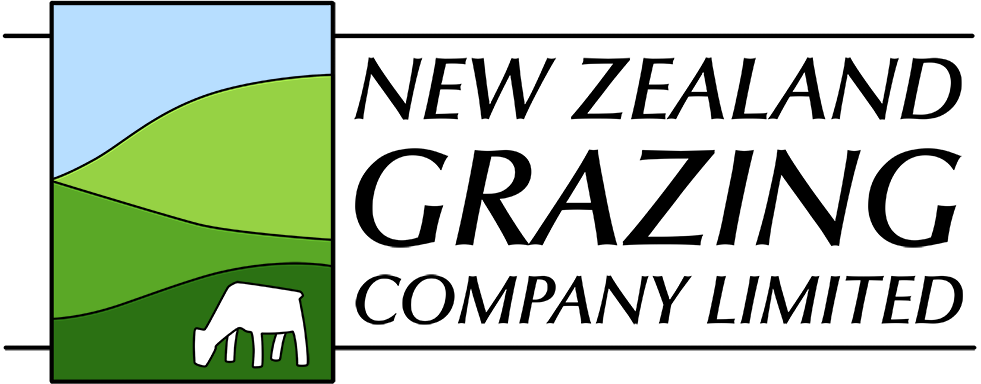A BVD Case History in NZ.
Contributed by R Ellison, Gribbles-Alpha Hamilton.
This is a 380-cow Jersey and crossbred seasonal supply herd where milk production is on a pasture based system. Mating over the last few years has involved five weeks of artificial breeding followed by a few weeks of natural mating. The only stock introduced in 2002 were the replacement heifers and bulls used for mating.
The herds 2002 mating and pregnancy period is of interest as it resulted in the birth of many PI calves in the spring of 2003 and the non pregnant rate was 10%, which was higher than normal for the district that year. At least two fetal mummies were detected. Subsequently, the farm had a higher number of abortions post scanning (approximately 2%), which increased the non-pregnant rate to above the district range.
The farmer did not notice any abnormalities in the calves at birth, and 84 replacement heifers were reared successfully. The heifers grew well for the first 16 months although there were a couple of unexplained deaths during the first year.
The first suggestion of a high number of PI animals in the group was in December 2004 when the heifers were about 16 months of age. One heifer suddenly began losing weight and was found to be BVD Antigen positive.
In total, seven heifers died over a four-week period with a variety of presenting signs.
Another two were tested for BVD and both were antigen positive. The remaining 74 were then antigen tested and 18 persistently infected (PI) animals were detected.
These 18 were all well grown, clinically normal heifers.
The bulk tank milk Antibody titre in December 2004 indicated 30-60% of cows were seropositive
